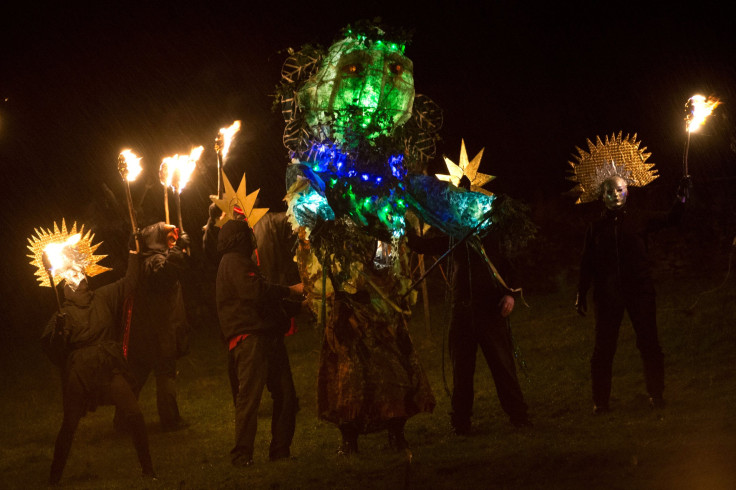When Is Imbolc 2019? Facts About Pagan Holiday

Imbolc, one of the oldest traditions celebrated by pagans, is celebrated to mark the end of dark, gloomy winter, and the beginning of a new spring. This year, the celebrations start Feb. 1 and continue until sunset Feb. 2.
The festival is meant to mark the beginning of spring and is observed around the halfway point between the winter solstice and the spring equinox, just as the coldest and darkest time of the year comes to an end in the Northern Hemisphere. It is also known as Imbolg, or Brighid's day, after the Celtic goddess.
Historically, Imbolc was widely observed in Ireland, Scotland, and the Isle of Man. Imbolc was defined as “in the belly” and refers to pregnant ewes — who symbolized beginning of a new life.
In the festival, pagans worshiped Brighid and asked for her blessing to show them a path of purity, strength and a feeling of satiation. During the celebration, people would hold torches, keep candles in every corner of their houses, the brightness symbolizing the positivity that would accompany the changing season. Cakes would be made, and a feast would be organized to celebrate. Traditional foods included those prepared with seeds, raisins, pork, poultry, or lamb, with sides of potatoes, cabbage, onions, and garlic. Seeds represented growth and raisins symbolized a fruit of the sun god.
Observers would remove the greens from Yuletide — a festival observed by the historical Germanic people — and set them on fire to mark the end of the winter. The greens were symbol of hope and life that existed beyond winters. Its color kept people positive, and made them believe that greenery would cover the land soon.
Believers would make Brighid’s crosses, and a doll called Brídeóg depicting the goddess. The doll would be carried from one house to another to distribute the goddess' blessings. To seek the blessings, people would make a bed for Brighid, offer her food and drink, and leave their clothes outside. Initially, the ritual was associated with some essential events mentioned in Irish mythology, but was later Christianized as a festival of Saint Brigid.
Below is one of the prayers used to hail the goddess:
Bride of the earth,
sister of the faeries,
daughter of the Tuatha de Danaan,
keeper of the eternal flame.
In autumn, the nights began to lengthen,
and the days grew shorter,
as the earth went to sleep.
Now, Brighid stokes her fire,
burning flames in the hearth,
bringing light back to us once more.
Winter is brief, but life is forever.
Brighid makes it so.
© Copyright IBTimes 2024. All rights reserved.





















